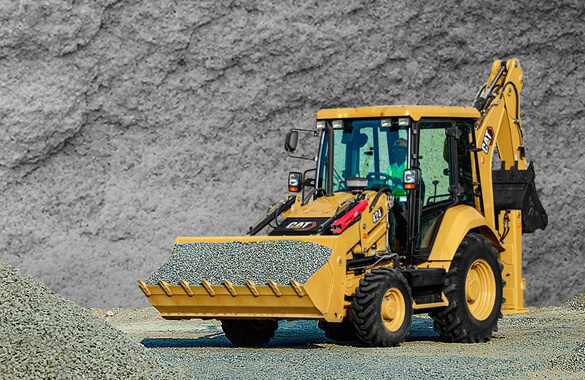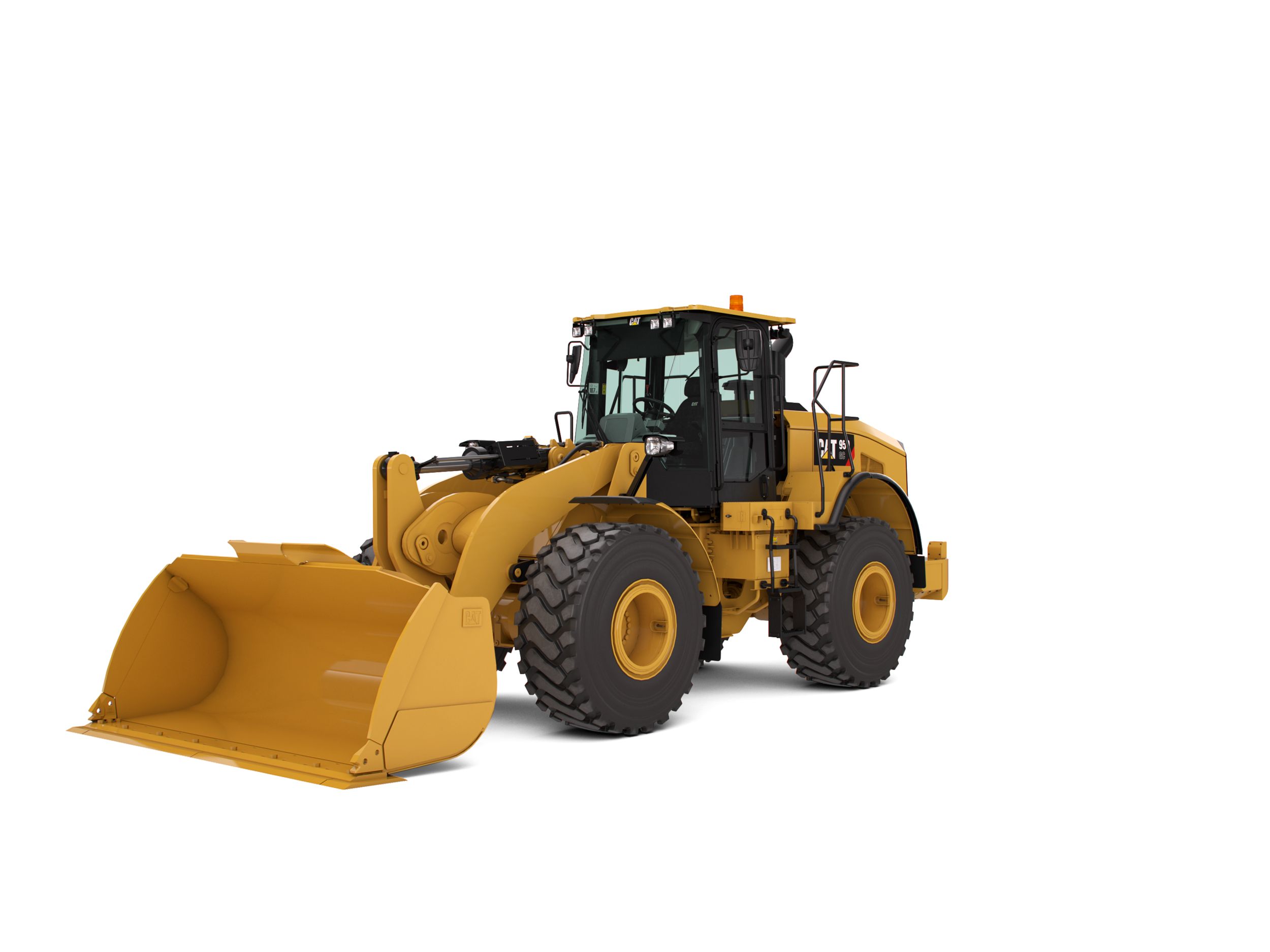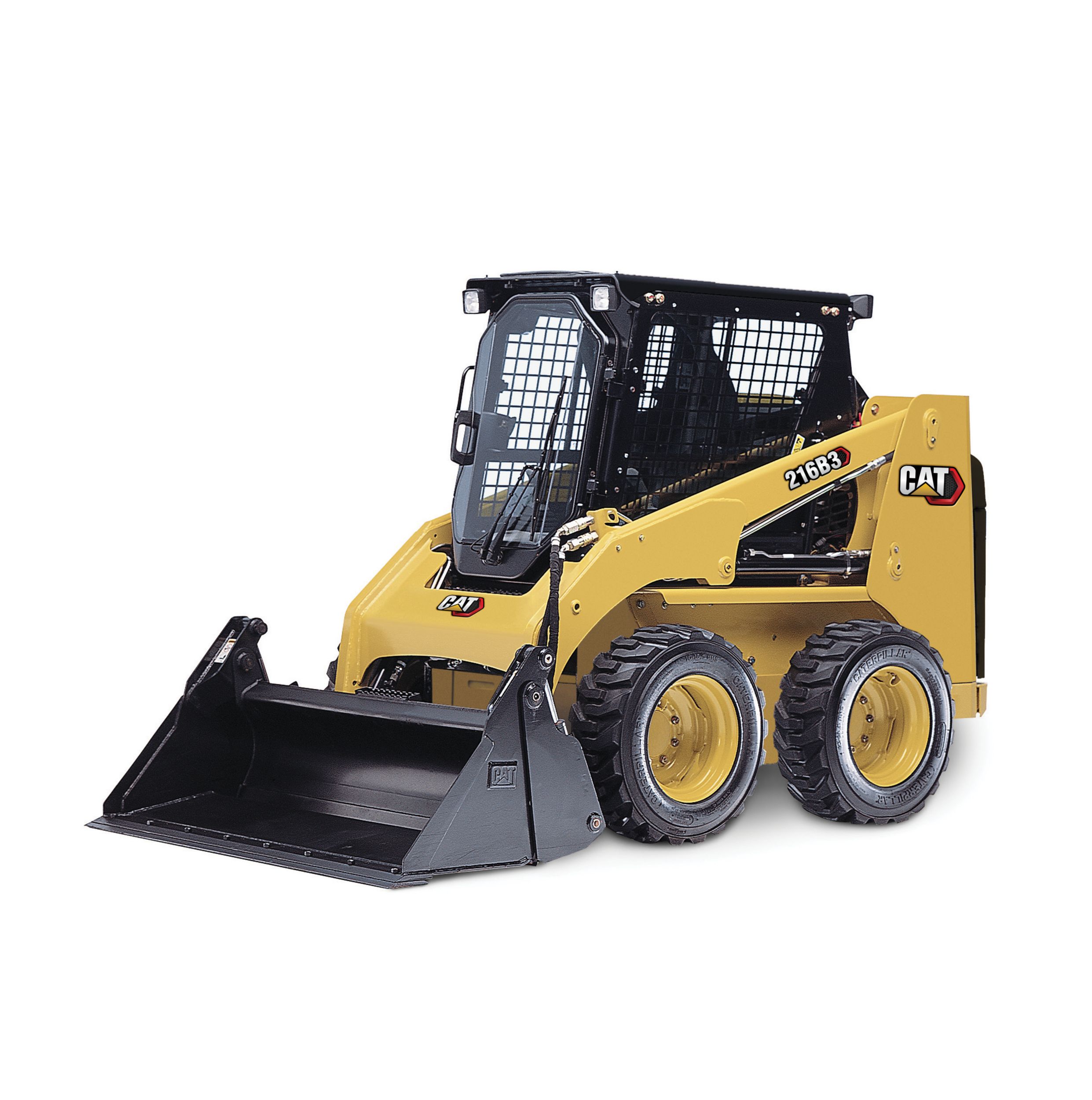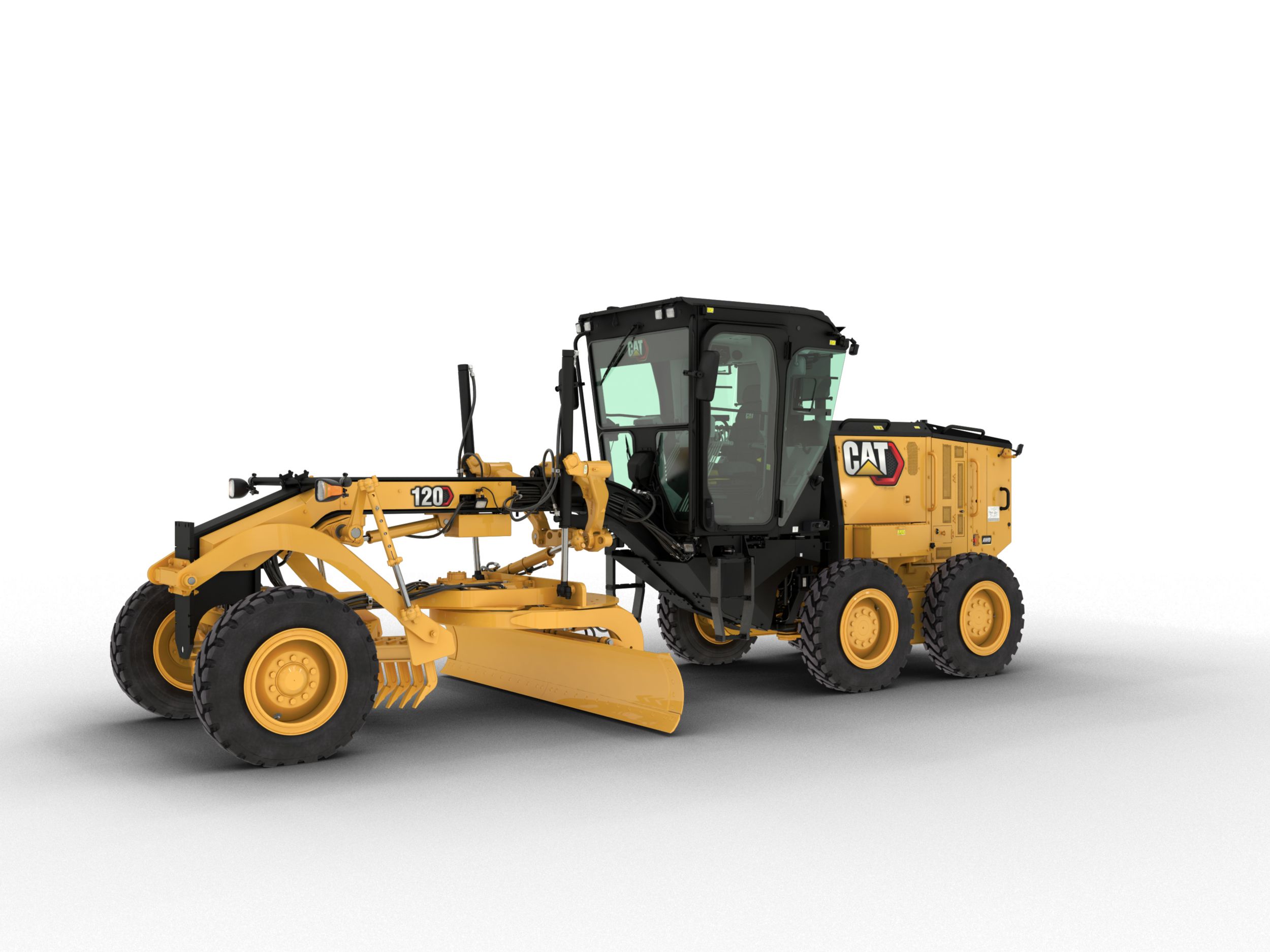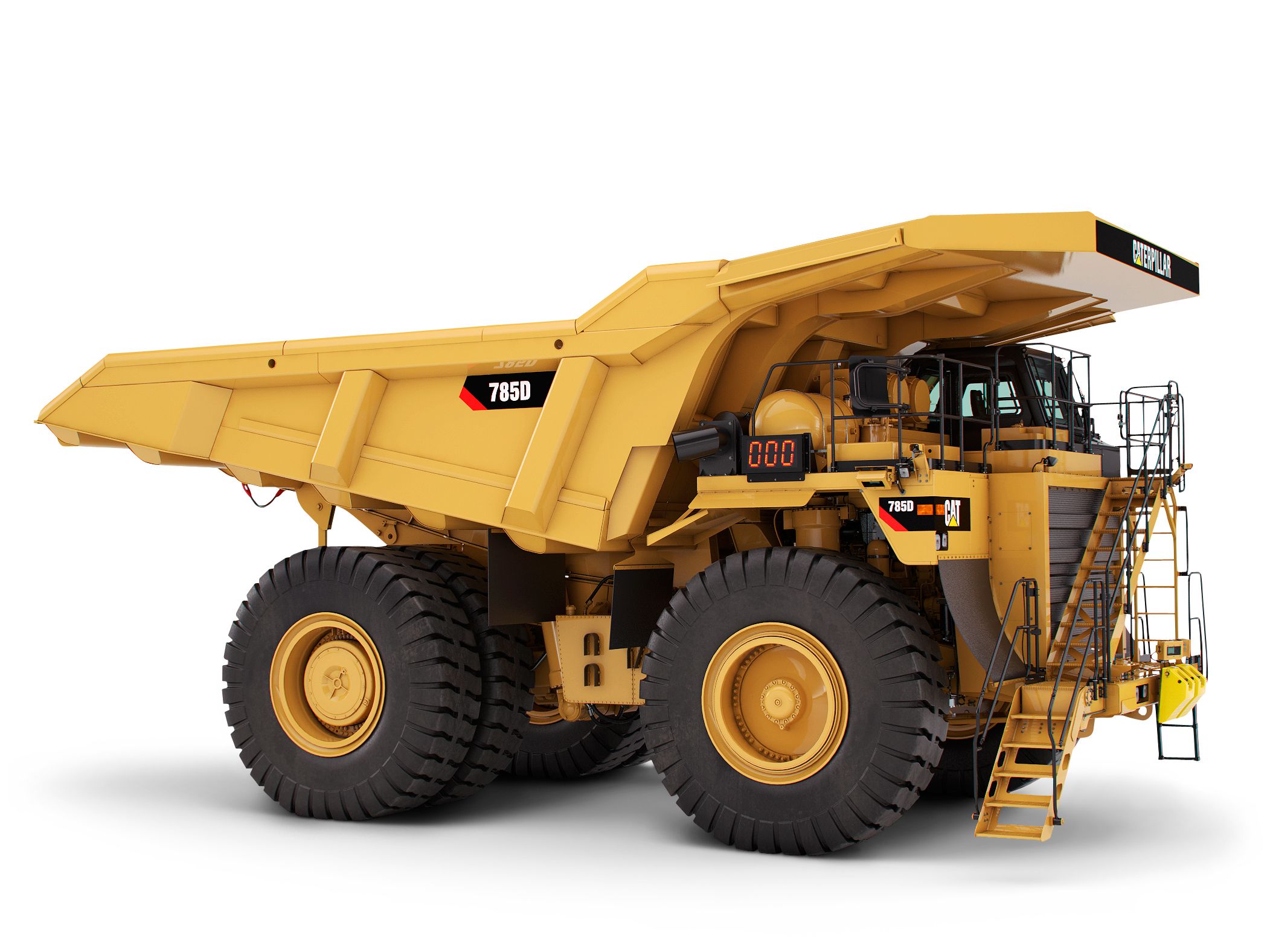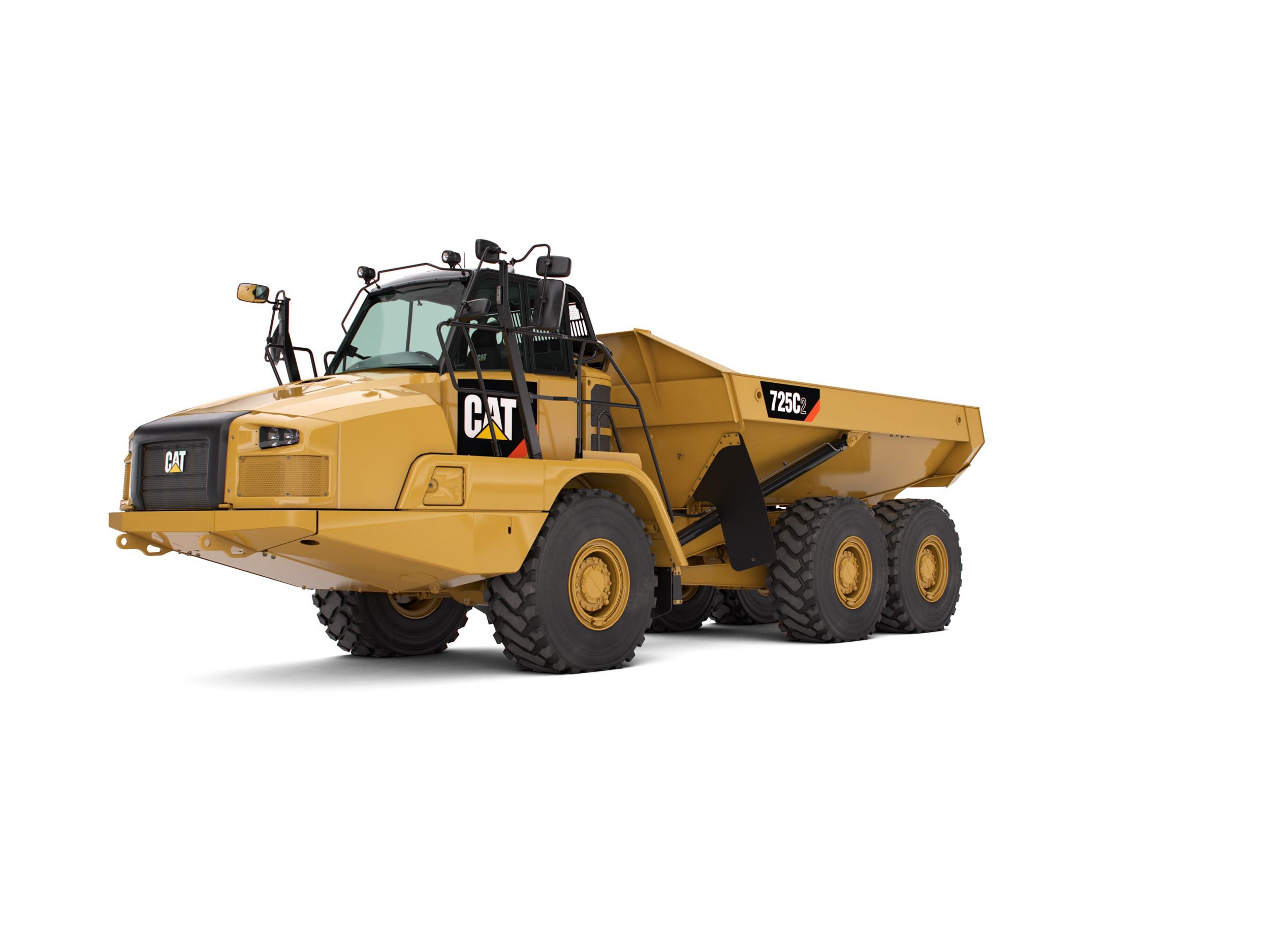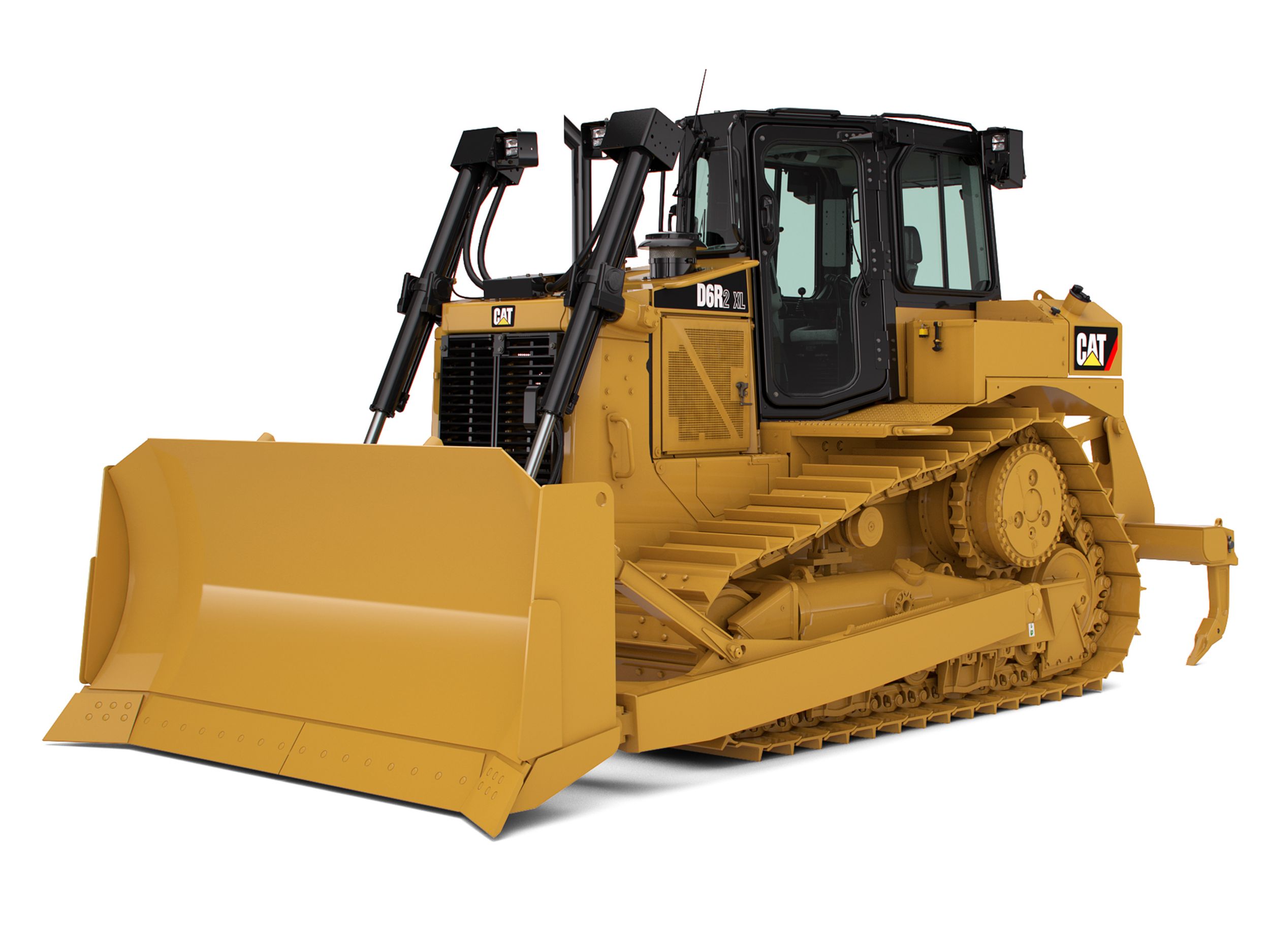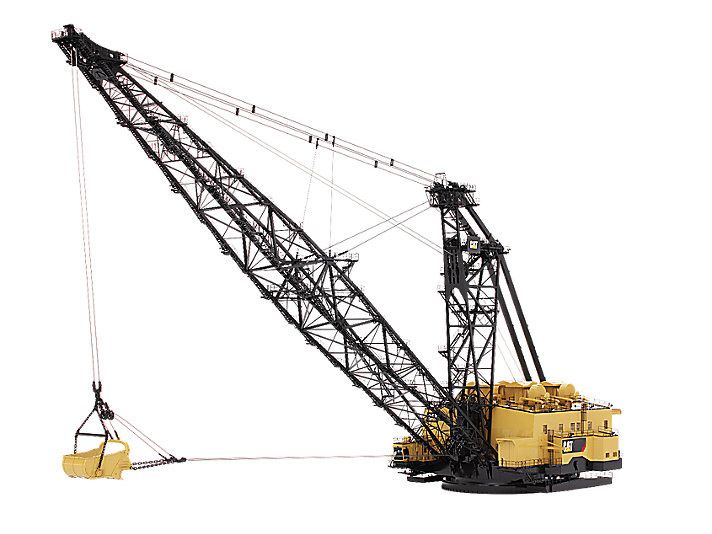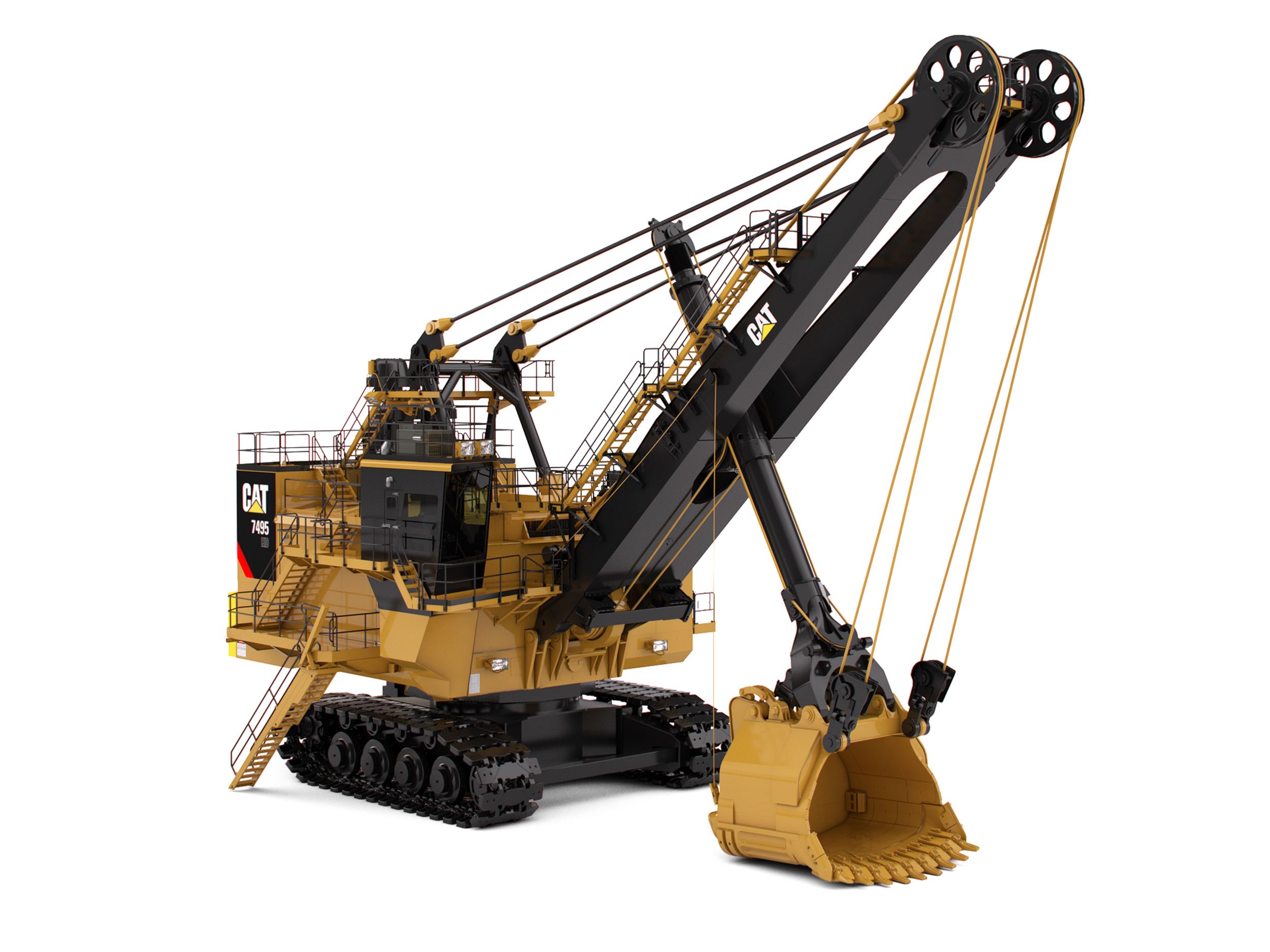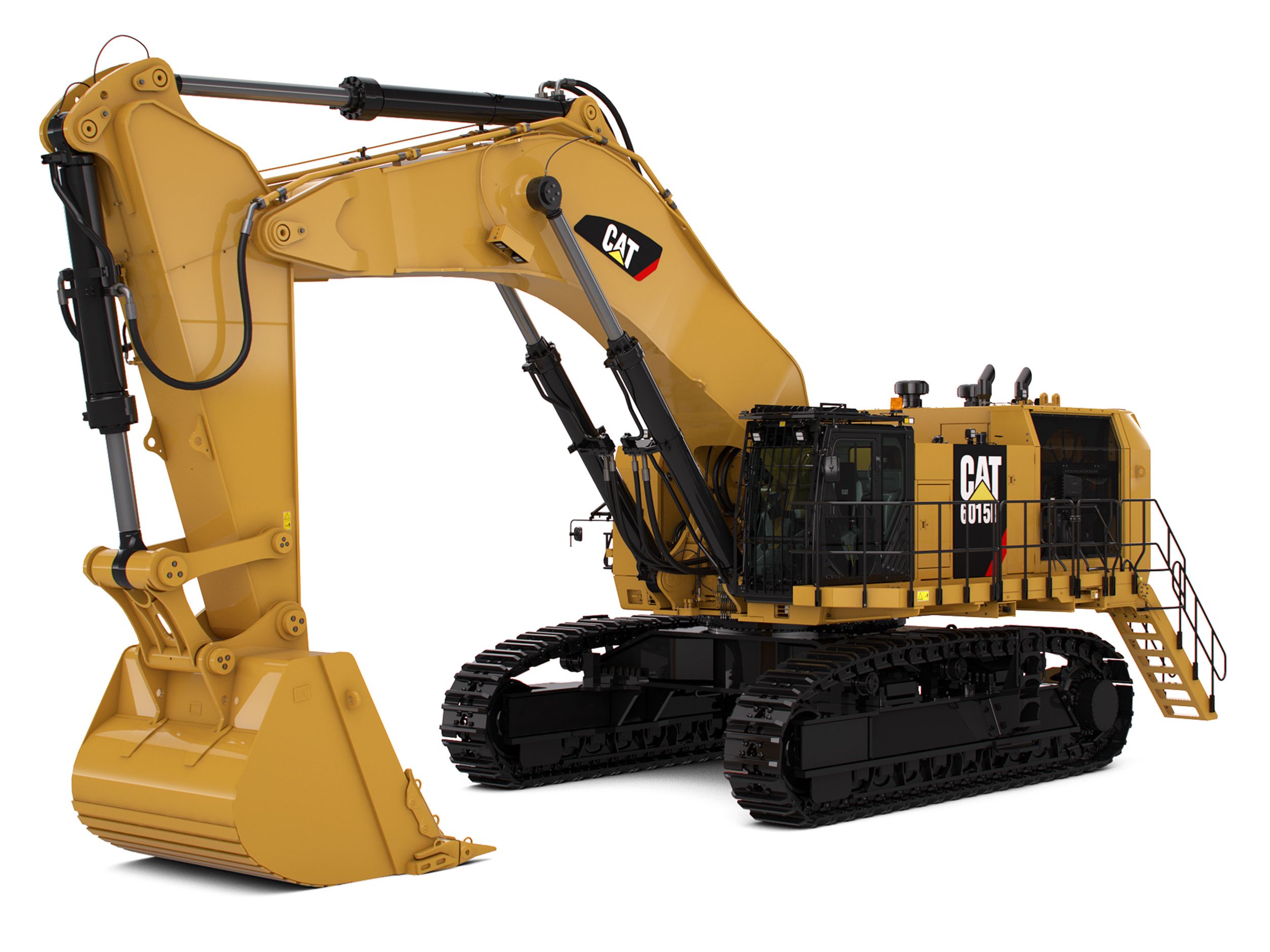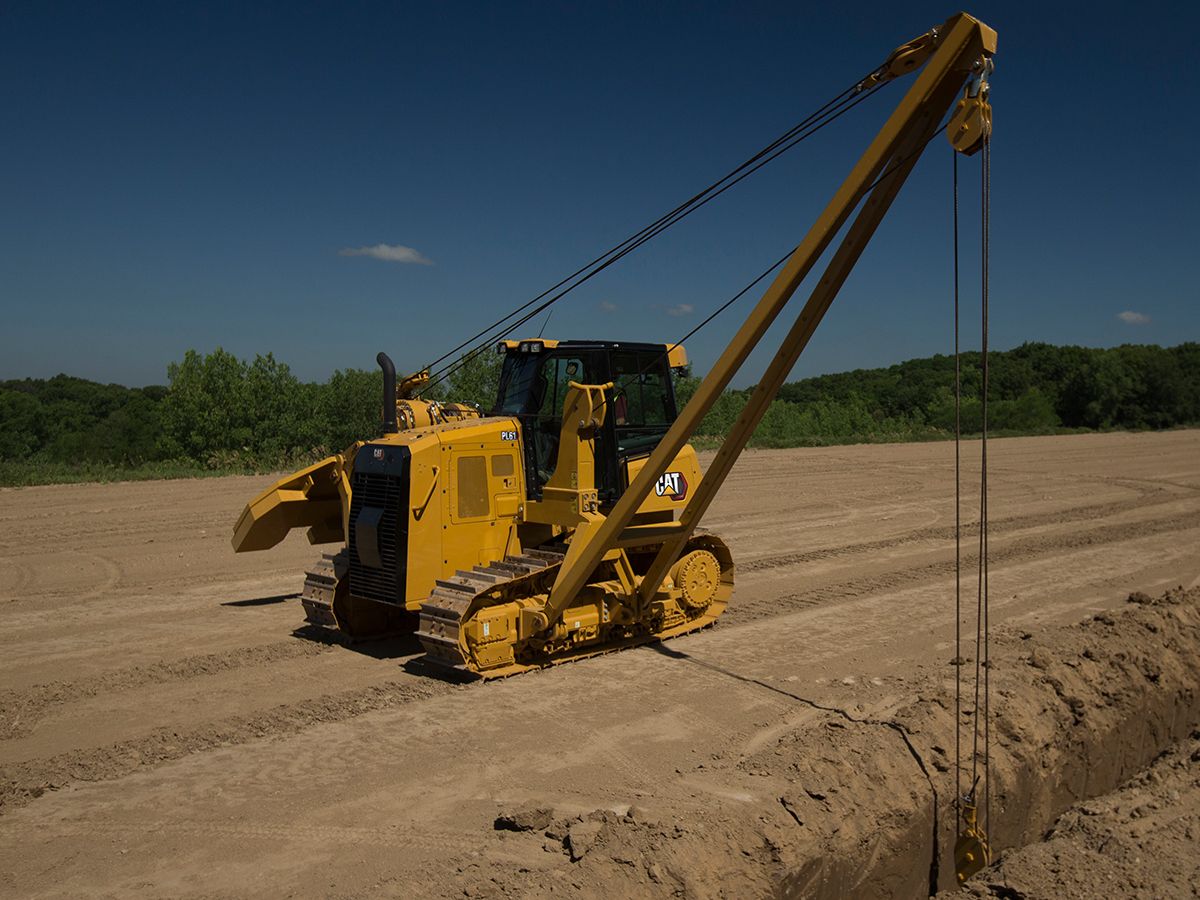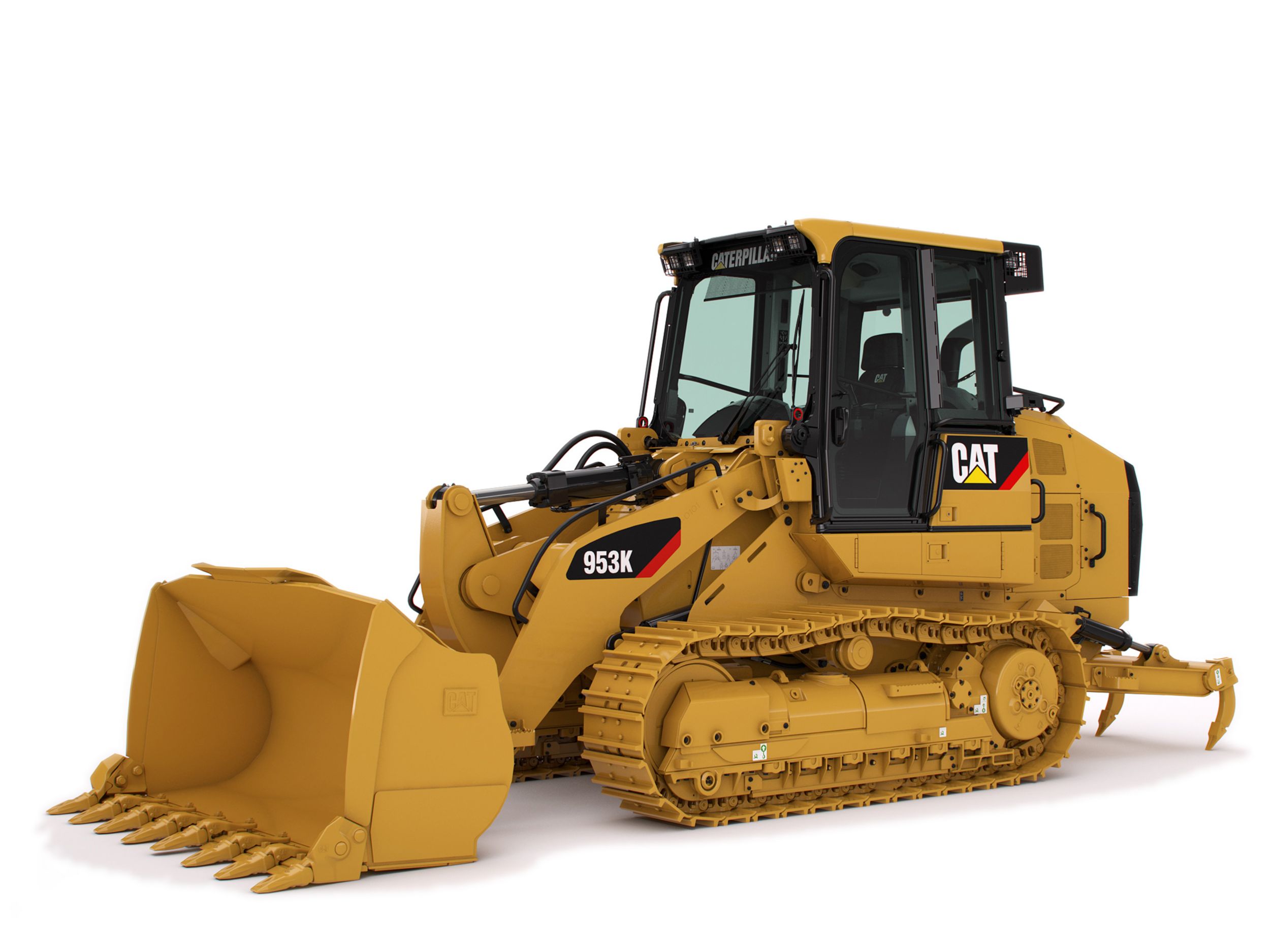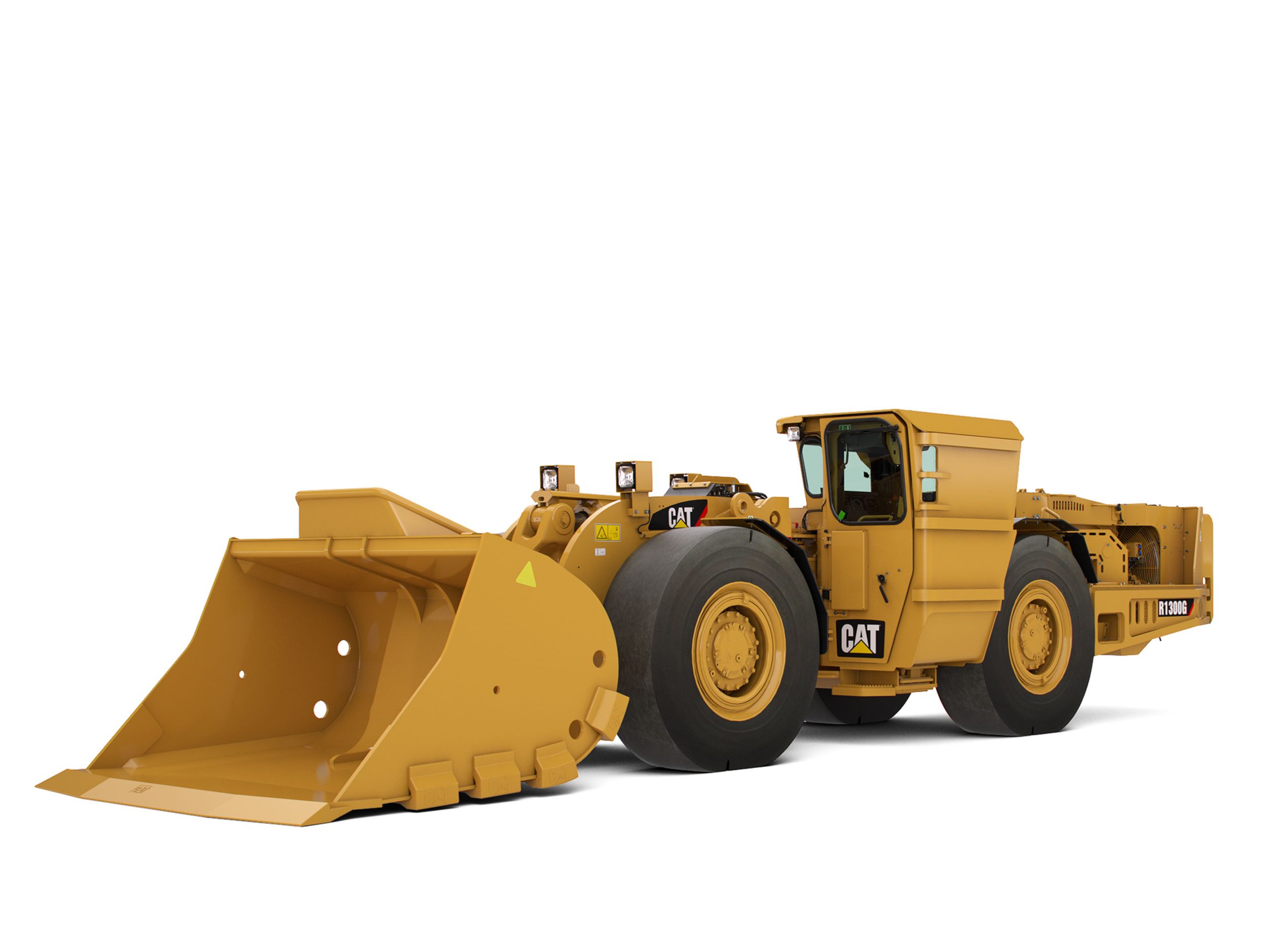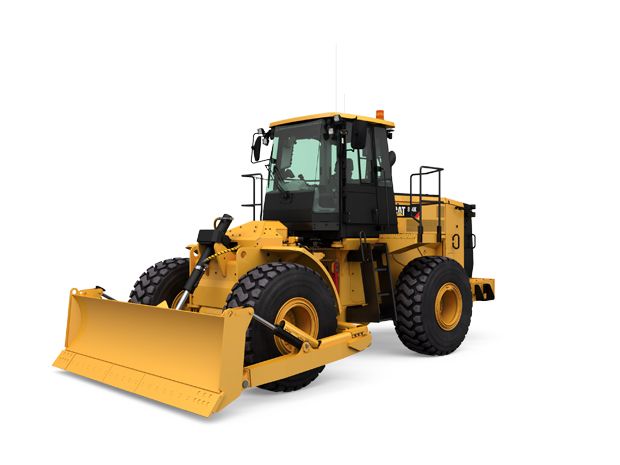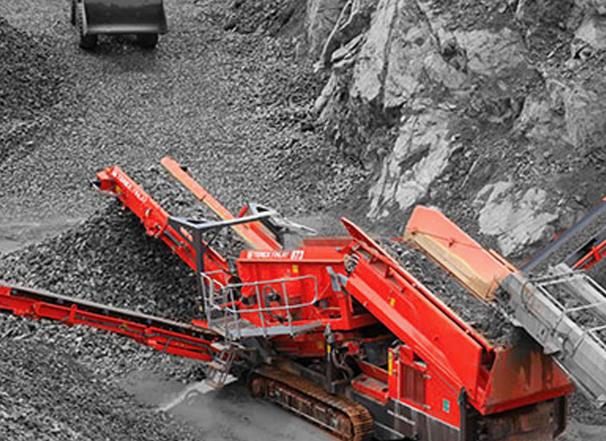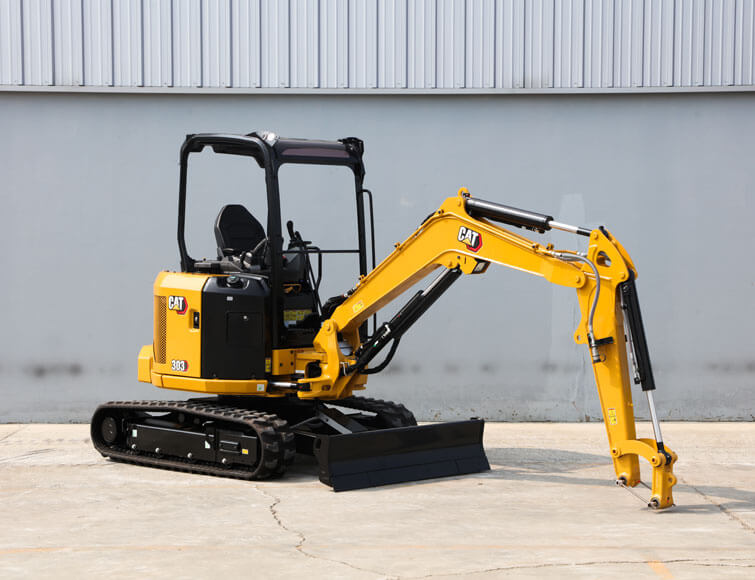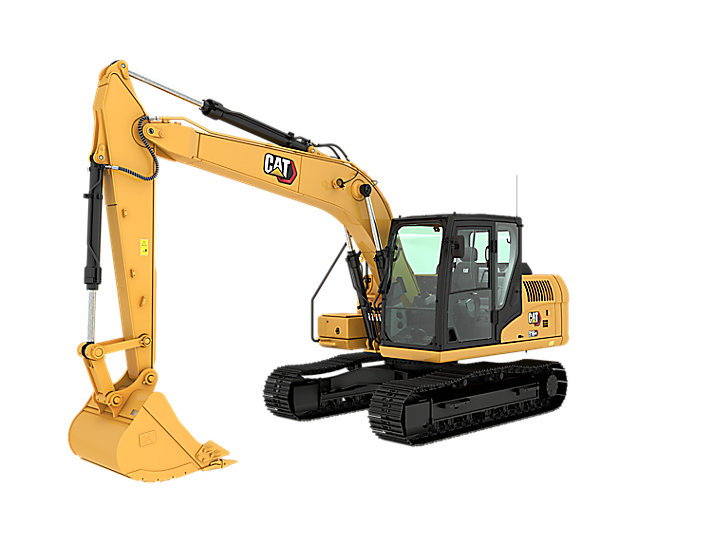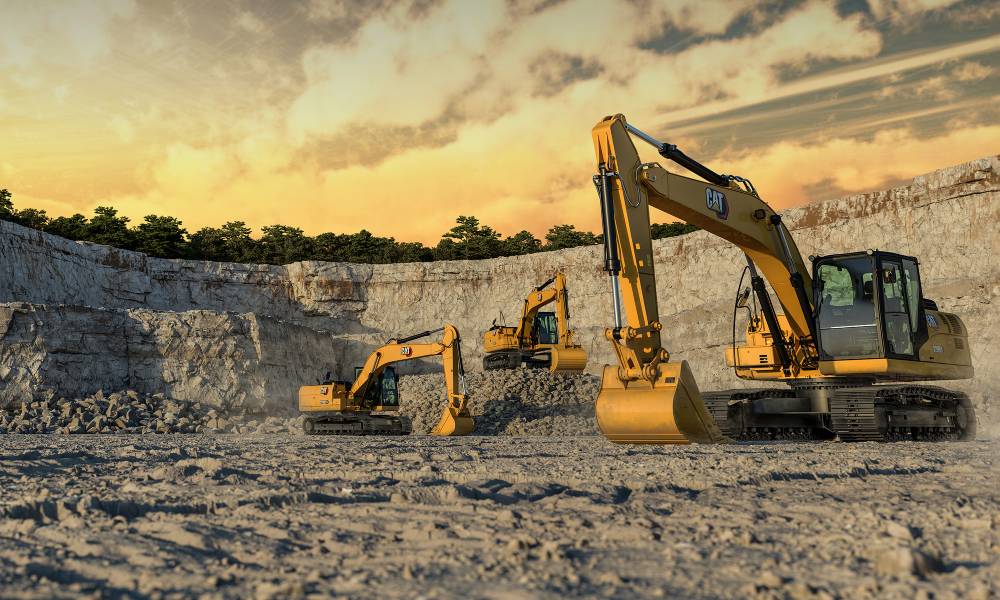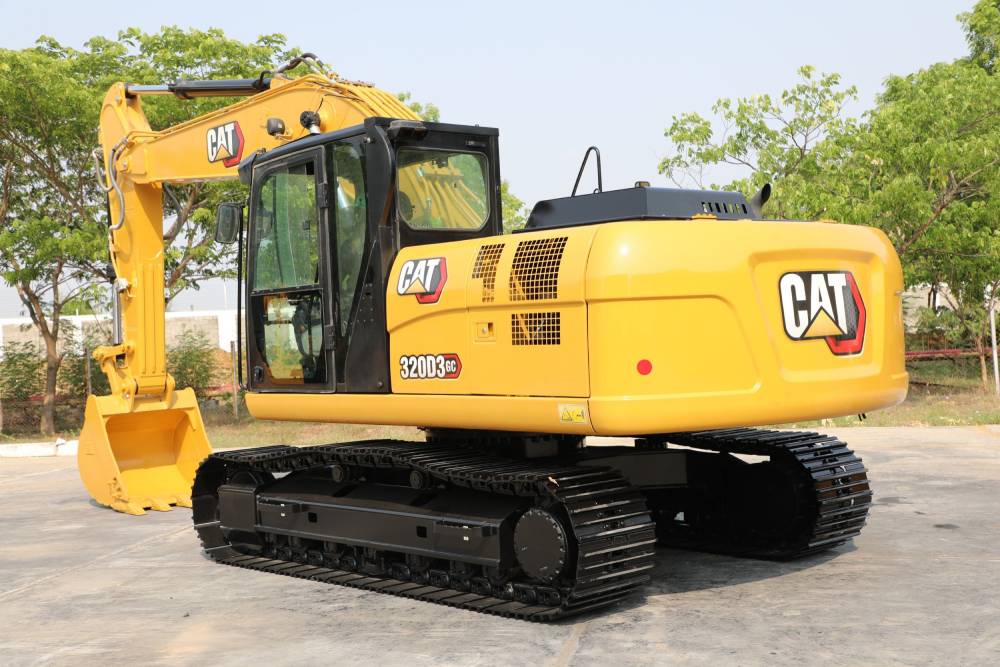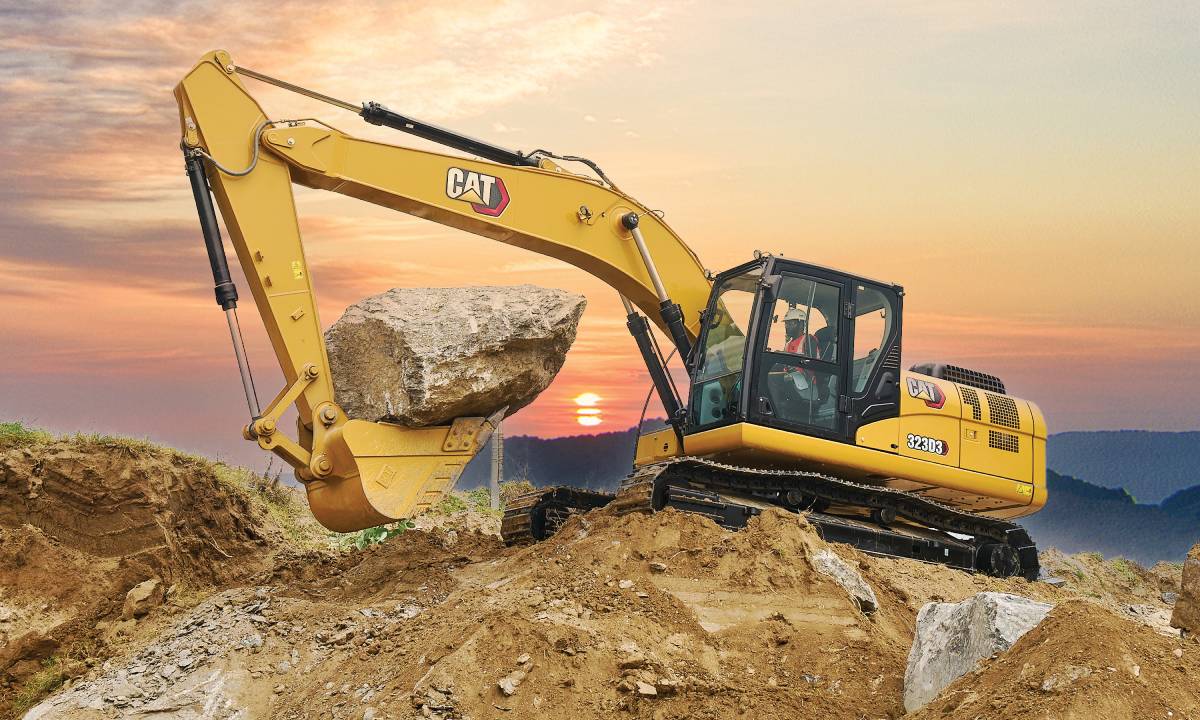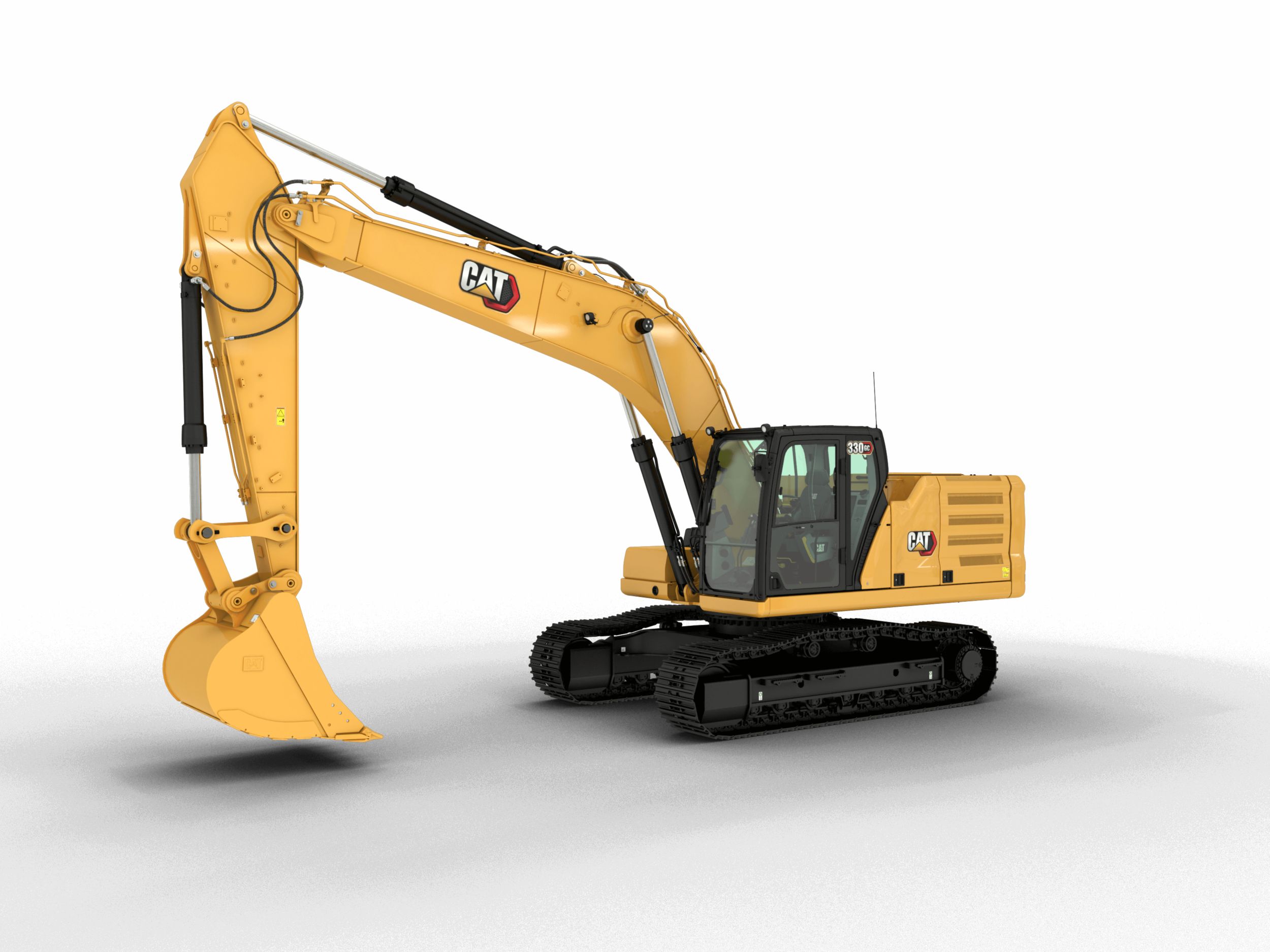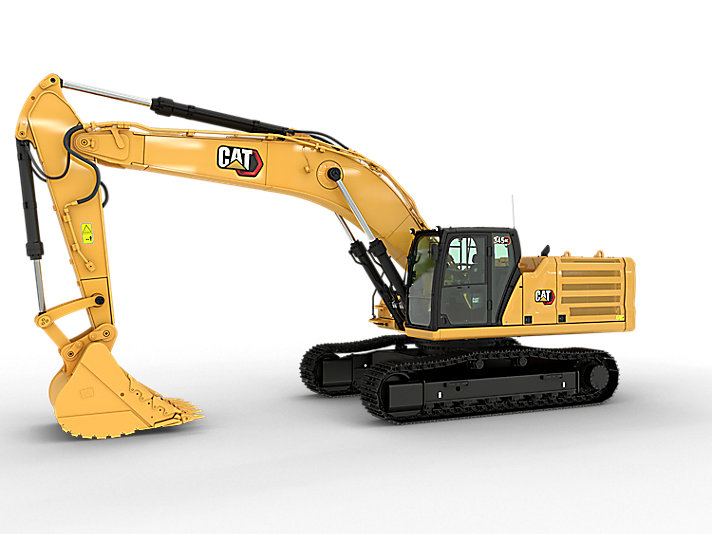Excavators
Caterpillar serves all regions of the world so we build many different configurations of hydraulic excavators. Your Cat® dealer has exact machine specifications available in your area to help you choose what will best meet your needs.
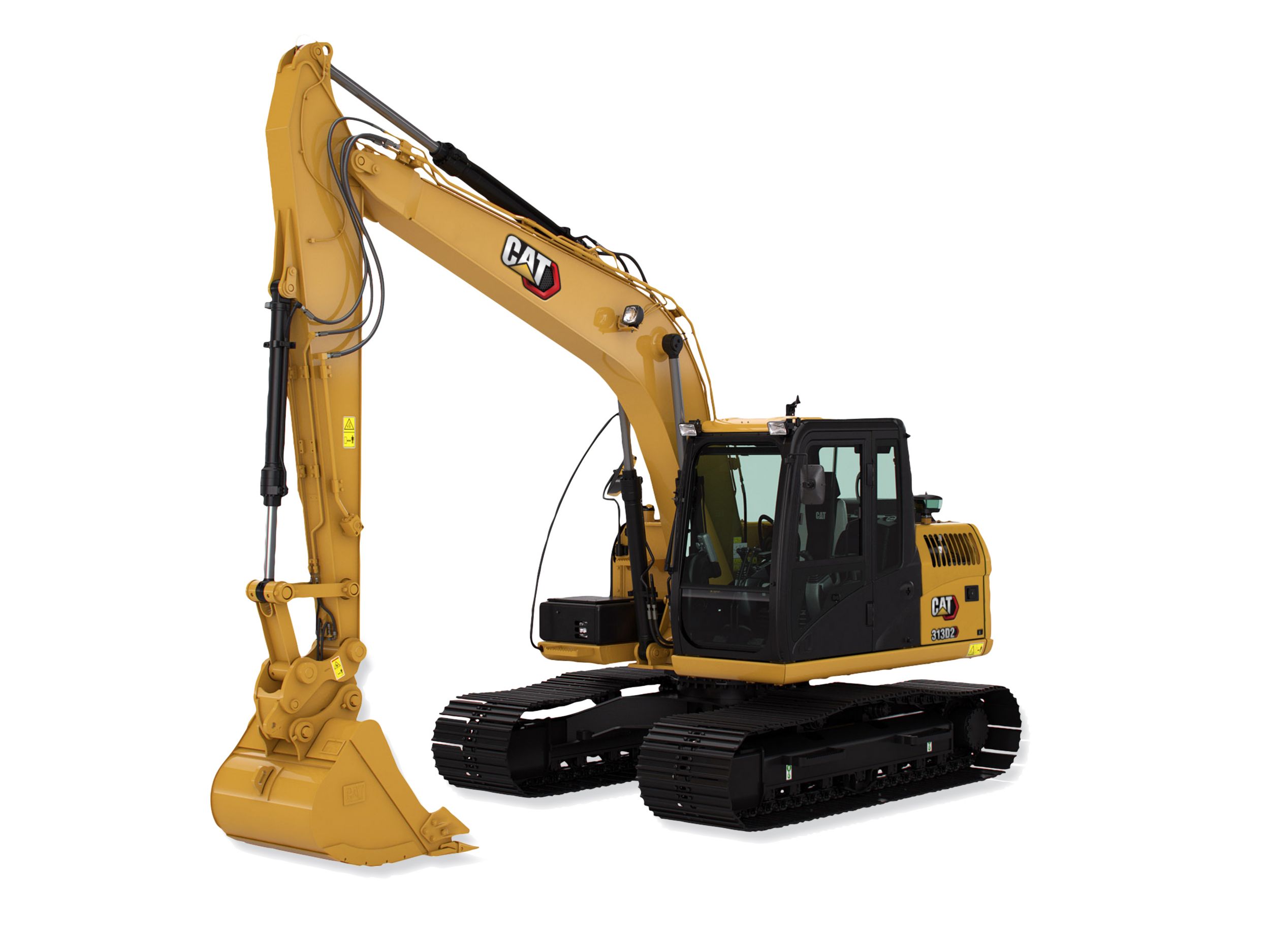
An excavator is a heavy construction machine designed for digging, earthmoving, and demolition tasks. It typically consists of a boom, bucket, and cab mounted on a rotating platform, known as the house, atop an undercarriage with tracks or wheels.
Excavators use hydraulic systems to control the boom, allowing precise movement and digging capabilities. They come in various sizes, from compact models for confined spaces to large-scale excavators for major construction projects. Versatile and powerful, excavators play a pivotal role in construction, mining, and excavation projects, facilitating efficient and precise earthmoving operations across a wide range of industries.
An excavator, a heavy construction machine, operates using a hydraulic system. It consists of a boom, dipper (or arm), bucket, and a cab mounted on a rotating platform. The machines engine powers a hydraulic pump, which pressurizes hydraulic fluid.
This pressurized fluid flows to hydraulic cylinders, causing the boom, dipper, and bucket to move. The operator controls the excavators functions through joysticks or pedals, directing precise movements. The buckets teeth grip and scoop material, while the machines rotating platform allows versatile positioning.
Excavators are pivotal in construction, excavation, and mining, showcasing their efficiency in various industries through controlled hydraulic power.
Excavators come in various types, each designed for specific tasks. Standard excavators have a bucket at the end of a hydraulic arm for general digging. Mini excavators are compact, suitable for confined spaces. Long reach excavators have extended arms for deep digging. Wheeled excavators are versatile for mobility. Backhoe loaders combine a front shovel and rear excavator arm. Dragline excavators use a dragging motion for larger scale digging. Suction excavators utilize suction for non-destructive digging. These diverse types cater to a range of construction and excavation needs.
An excavator comprises several essential components, including a boom, dipper or stick, and bucket. The boom is an extendable arm that supports the other components. Connected to the boom is the dipper or stick, allowing vertical and horizontal movement. The bucket is attached to the dipper and is vital for digging. Hydraulics play a crucial role, powering the excavators movements and controls. Tracks or wheels provide mobility, while the cabin houses the operator and controls. Together, these components enable the excavators efficient digging and material handling capabilities.
The decision to rent or buy an excavator depends on various factors. If your construction projects are infrequent or short-term, renting may be cost-effective, saving on upfront expenses and maintenance. Buying is ideal for long-term, regular use, providing ownership benefits and potential resale value.
Consider project duration, frequency, and financial constraints to make an informed decision. Evaluate the specific needs of your construction activities and weigh the long-term investment against the short-term flexibility of renting for optimal efficiency and cost-effectiveness.
